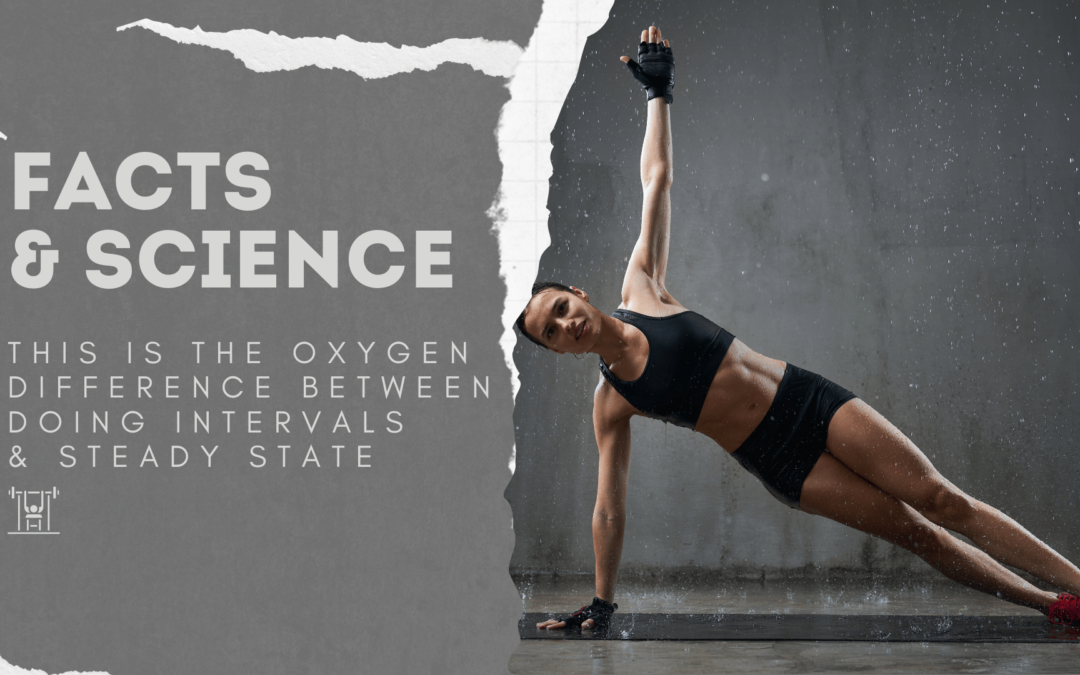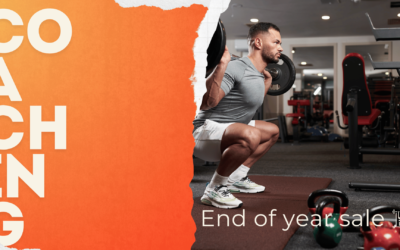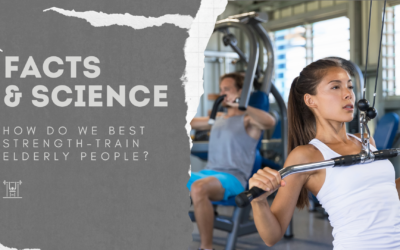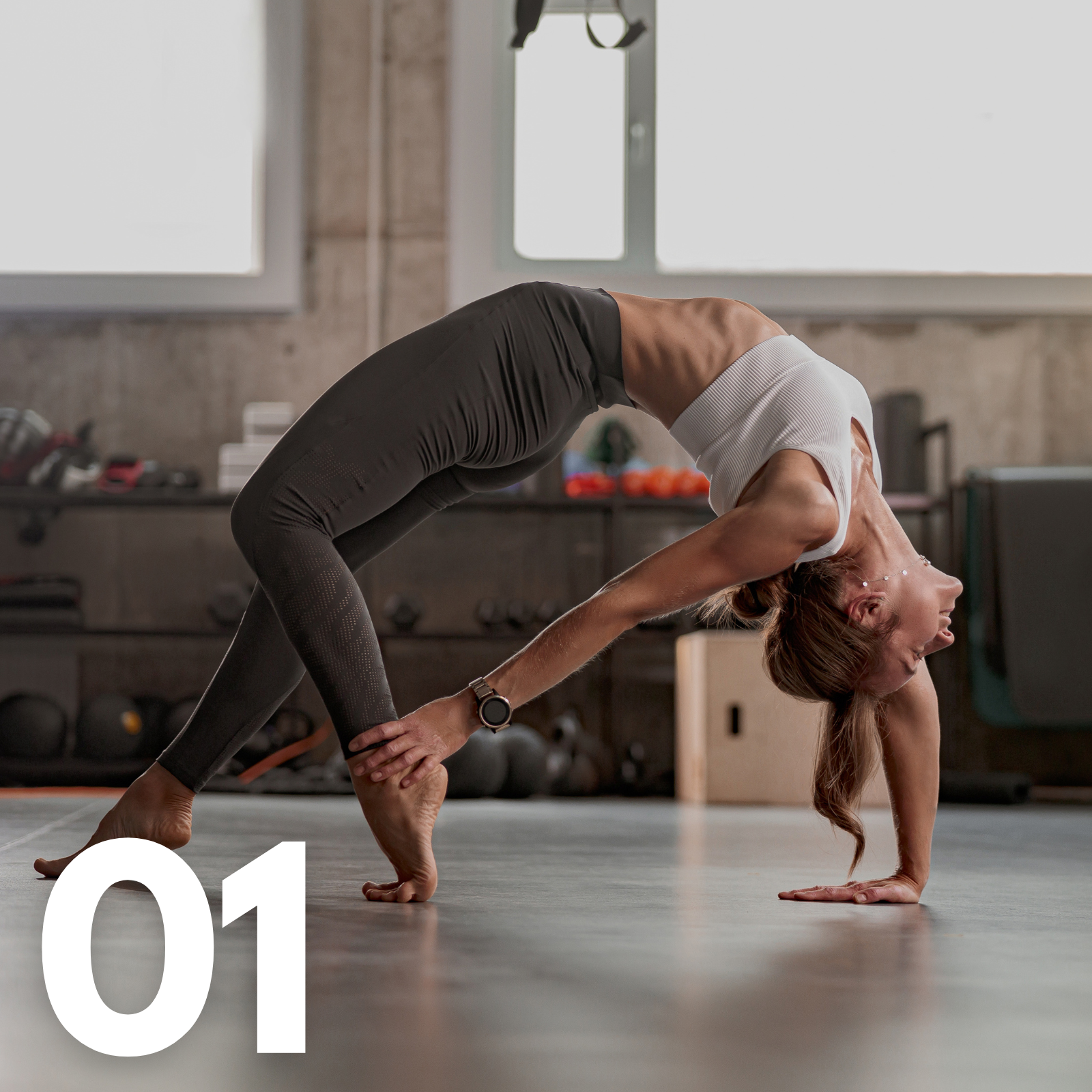
Strength By Fitness
The Oxygen Cost of Intervals vs Steady State Exercise & Why You Should Do it All.
Welcome to another fact-based article from Strength by Fitness.
The TLDR: Intervals are far more demanding than steady-state exercise.
There I said it. Boom, short and sweet. But, read on for the why and take that knowledge with you as you program smarter fitness plans.
You see, the human body will use way more energy moving into a higher level of physical effort than it does once a steady state has been achieved.
This doesn’t just apply to aerobic activities such as running. It is the same thing with strength training, and other forms of exercise too.
This is part of why dead-stop reps are way harder to do, but also better for developing strength and lean muscle mass compared to a continuous rep pace without any lengthened dead-stop pauses and slowdown.
Of course, in the case of resistance training the kinetic energy of the movement pattern also factors in.
But the outcome is the same, it does not change just because resistance training has many more variables. Breaking your pace increases the cost of your physical activity. This can be both beneficial and sometimes undesirable too, depending on your workout goals and needs, and your capacity for recovery for the day.
“You see, the human body will use way more energy moving into a higher level of physical effort than it does once a steady state has been achieved, no matter exercise form”.
Coach Mike, Strength By Fitness
Back to this study
In this study, exercising in multiple short intervals rather than a single longer steady-state run led to an increase in energy consumption that ranged between 20% to 60% relative to running the same distance at a steady continuous state.
In other words, anyone who wishes to get more out of their limited exercise time could program their workouts around more intervals in the same session or divide one session into several shorter, more intense sessions of physical activity in one day, instead of executing a longer steady pace session.
If doing so fits within your capacity for recovery that is. Competitive athletes do not always want to tax our limited capacity for recovery, and neither should average gym goers, soccer moms, and dads, not 100% of the time at least.
Not to mention that lower-effort exercise provides plenty of benefits in health & fitness too. Hence why all informed coaches, fitness enthusiasts, and athletes do a mix of lower intensity, effort, volume, and more demanding sessions. Vo2 Max is one such area where endurance exercise scales better over time, while higher intensity hits its peak progression quicker.
There are, of course many other metrics and areas where steady state and higher intensity exercise diverge from each other. But the moral of the story is that the human body benefits from all of it because its all complementary and when we do everything, the outcome is better compared to only exercising in one way.
Do you need help succesfully changing your lifestyle habits?
We provide coaching, online, and on-location, in-person.
No, I am not telling you that you need to do highly intense intervals.
As such, I am not saying that you need to do high-intensity intervals. I am, however, pointing out one of several fact-based differences between steady-state and interval-based training.
An array of beneficial differences at that.
So, instead of avoiding them, or bickering about these fact-based differences, use them to your advantage as you program a smarter fitness plan that make use of both intervals and steady-state exercise, resistance training, and aerobic activities. Because the cost ( the price of recovery ) and the outcomes in fitness and health adaptations are very different, and neither is 100% superior to the other.
Do it all good folks.
In fact, all humans, and all athletes no matter their level of fitness or age would benefit from doing a mix of both intervals and steady state. Mixing up higher to lower intensity and effort, while lifting weights and participating in aerobic exercise and activities.
“The cost ( the price of recovery ) and the outcomes in fitness and health adaptations are very different, and neither is 100% superior to the other”.
Coach Mike, Strength by Fitness

Let us talk about the cited study setup.
Ten participants walked between 10 and 240 seconds on a stair climber at 0.20, 0.25, and finally, 0.36 meters per second. They also did the same on a treadmill at a higher 1.39 meter per second pace.
Oxygen uptake was divided by bout duration to get the average uptake.
Granted, there are a few things one could object to here.
Having only 10 participants makes for a very, very small study. Way too small for my liking.
But it’s not like we don’t have plenty of other studies to inform us too, and there is nothing controversial with the observations in this study. So while the study is very small the data is sound and in no way controversial at all.
One could also take issue with the solitary focus on walking instead of also including higher-paced exercise. Yet, once again, the observations they made in this study are not controversial at all, so there is no need to turn every stone and pebble just to find objections to this study.
Nothing in life will ever be perfect after all, not in the strict sense of the word at least, so let us not squabble over flaws when we can instead talk about the things it tells us and what it means in real life.
Conclusion and outcome.
Intervals had higher V̇O2 and metabolic cost with greater non-metabolic oxygen exchange.
As the continous duration increased exercise efficiency approached steady-state values.
This study shows us that the oxygen uptake & metabolic cost are much higher for shorter intervals compared to a longer steady-state session.
Which is nothing new under the sun, or controversial.
Number-wise, performing a 30-second higher intensity interval will consume roughly 20–60% more oxygen than the cost of doing a lower-paced steady-state effort for the exact same total distance.
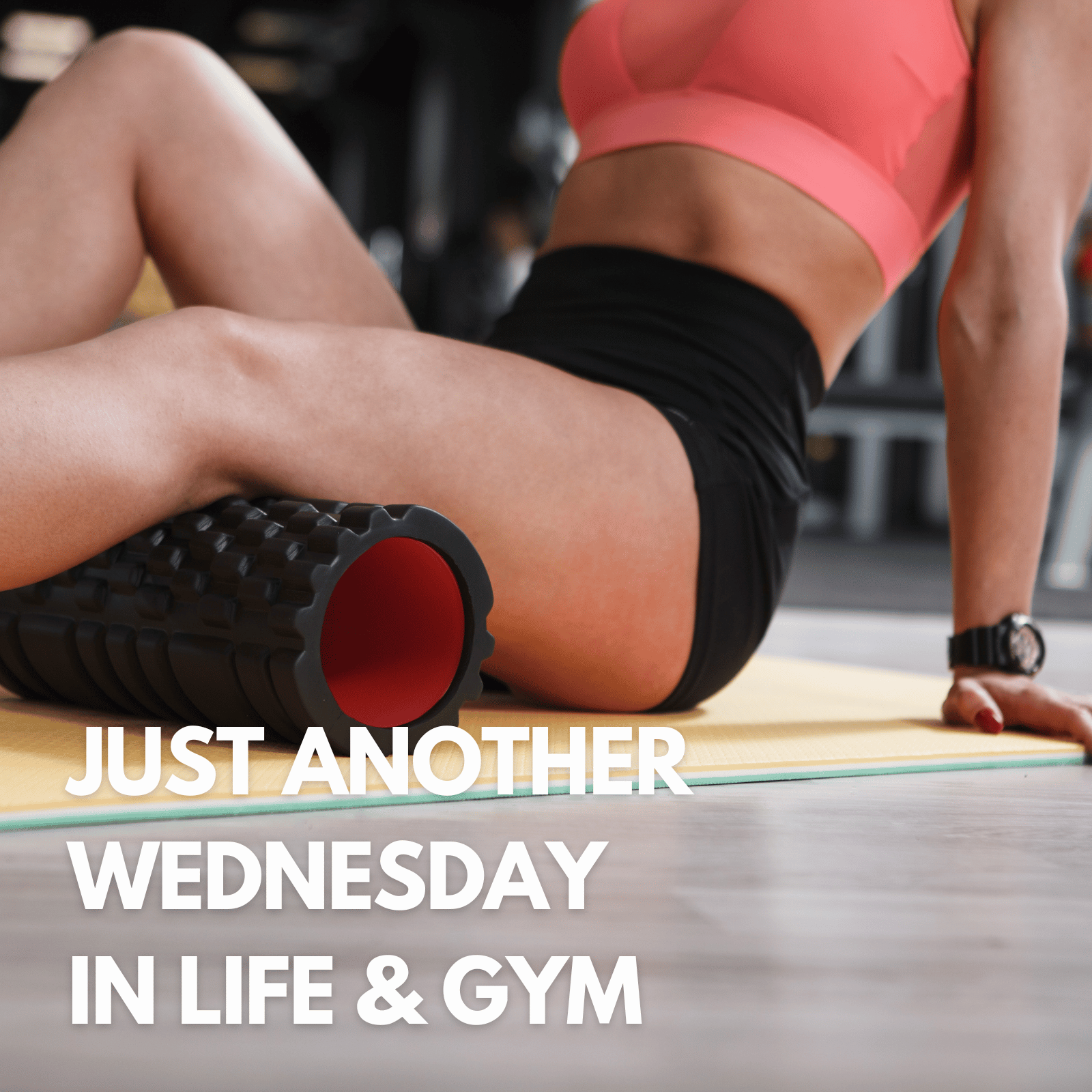
Another coach perspective, as I apply this study to martial arts.
This helps us explain why martial arts are such an effective cardiovascular exercise form despite doing no real running at all ( Yes, if it’s a proper martial arts or combat class people should be doing their running outside of the martial arts class ).
The reason that martial arts and combat classes make for such fun & efficient cardiovascular exercise is that the entire session is one long interval.
In every martial arts session or combat class, there are short breaks, to listen, watch, and rehydrate, and there are many different effort zones happening across the same session.
Making it a very efficient interval-based exercise form.
These intervals range from complete short breaks to effortless zone 1 levels of effort to moderate to very high-intensity drills, kicks, punches, sparring, and movement patterns all the way to full-on pad drills, sparring, and heavy bag work.
And this is why I get a heavy bag MMA session 2 to 4 days per week, it’s been my main aerobic activity for 30 years, and counting, and it is very efficient too. Sure, I walk daily, I hike, I swim and I jog, run, and sprint every single week, on top of lifting heavy ass weights 4 days per week all year round.
But aerobic activities comes in many shapes and forms, just as how you can grow those essential type 2 muscle fibers to ever bigger, and stronger heights in so many ways.
Do it all people.
Read this article over at Medium if you are a paying Medium reader.
Do you need help with your fitness, health, habits, and nutrition? Strength By Fitness doesn’t just produce fact-based content across all these domains, we also coach and train people in-person and online.
Citations.
strength by fitness
podcasts
recent articles
Unlimited Online Coaching, End of Year Discount.
End of year sale. 12 months of unlimited private online coaching from Strength by Fitness for only 200€.
Protein-Packed Plant-Based Lasagna Dream ( 170 grams of protein )
Welcome all to a tasty, and phenomenally protein-packed plant-based lasagna.
This meal for two that will provide roughly 170 grams of plant-based protein and 1500 calories of high-quality energy.
Enjoy.
The question. How do you best strength-train people above 60 years of age?
This is how you train older clients for vastly better results and health.
In these studies, we see that roughly 12 sets in total per week of resistance training across two separate gym days track incredibly well.
Read on to uncover the secrets of successful strength training for the elderly. Load, rep range, rest and exercise choices, and why that is.
Let us talk about the crossroads of body mass, muscle fibers, strength, speed, agility, and explosive power and how it is all connected.
Welcome to another Strength By Fitness article, today today we will talk about the crossroad of body mass, muscle fibers, strength, speed, agility and explosive power and how its all connected.
In short, this article will explore how you should train to become stronger, faster, and more explosive as an athlete and person.
This comes into play when your total mass is already too big for your relative strength to successfully power even faster, and more explosive movement.
Coach Mike, Strength By Fitness
Long-term stress harms human health in a major way.
Long-term stress harms your health in a major way. But a healthy fact-based lifestyle mitigates a lot of that negative impact.
And just as you can learn to eat healthier foods, and create healthier food, exercise, and lifestyle habits you can also learn how to reduce chronic stress.
Gluten-free Pancakes & Berries. High-Protein And Plant-Based.
Welcome back, people. Today we will unleash one of our personal pancake favorites. A tasty, high-protein plant-based pancake dream, rich in texture and taste, nutrient-packed, and healthy with a high satiety impact. Served with whole berries.
59 grams of Protein and 579 calories.
Enjoy.
We appreciate you
so stay healthy & never stop training
Contact
Private In-App Messaging is Available For All App + Coaching Clients
Adress
Coaching
Available Online on IOS & Google Play, and In-person.
